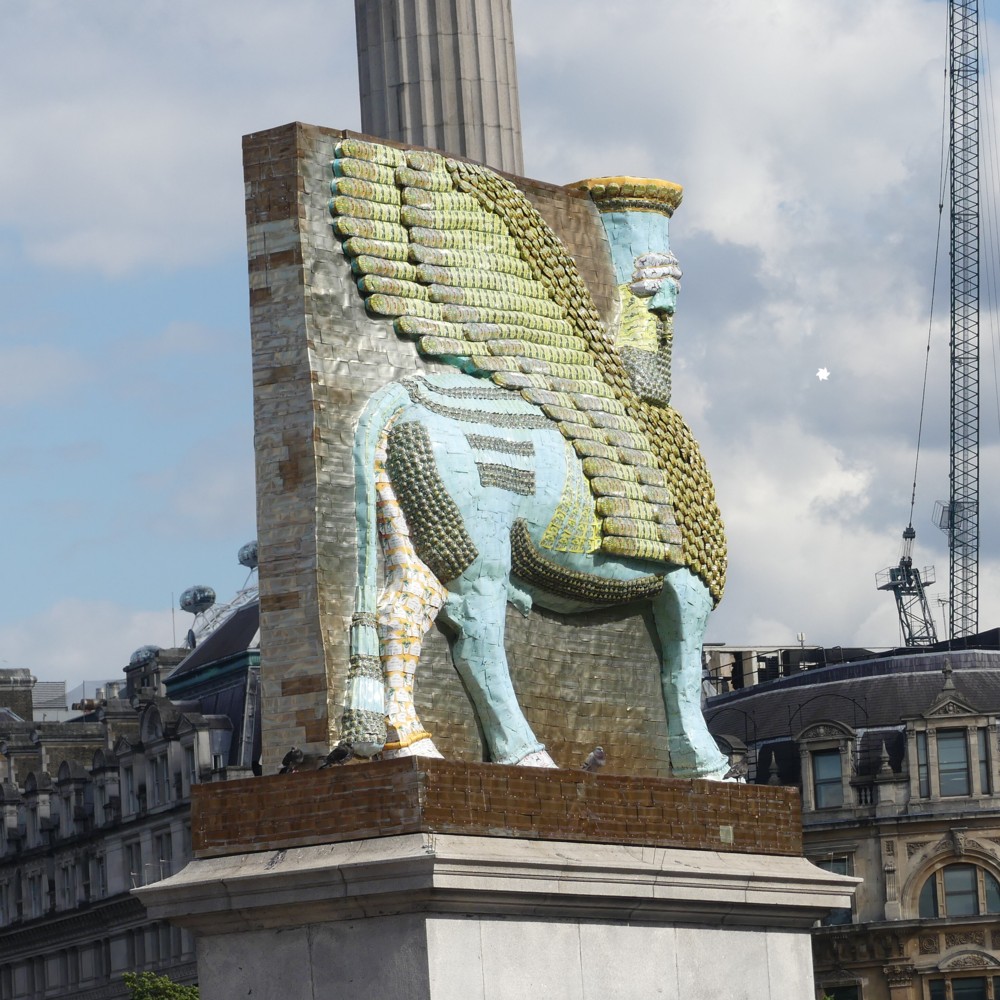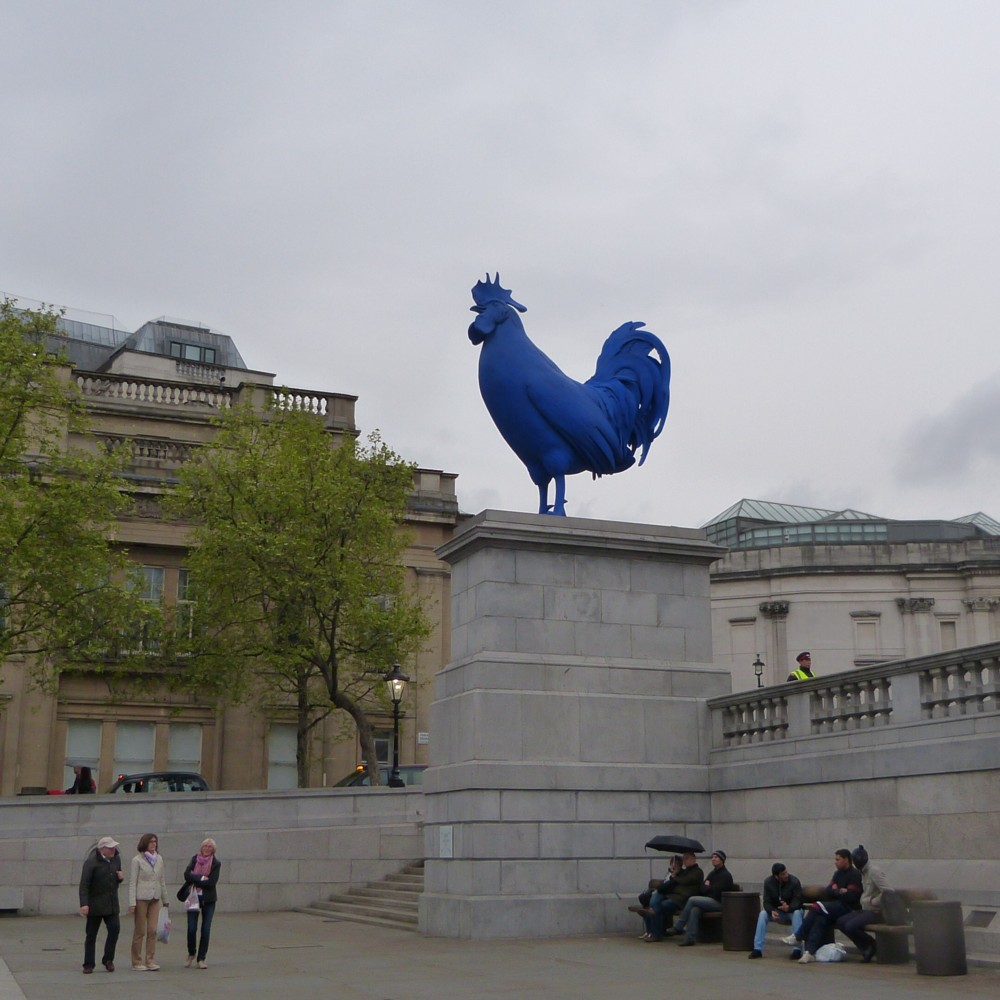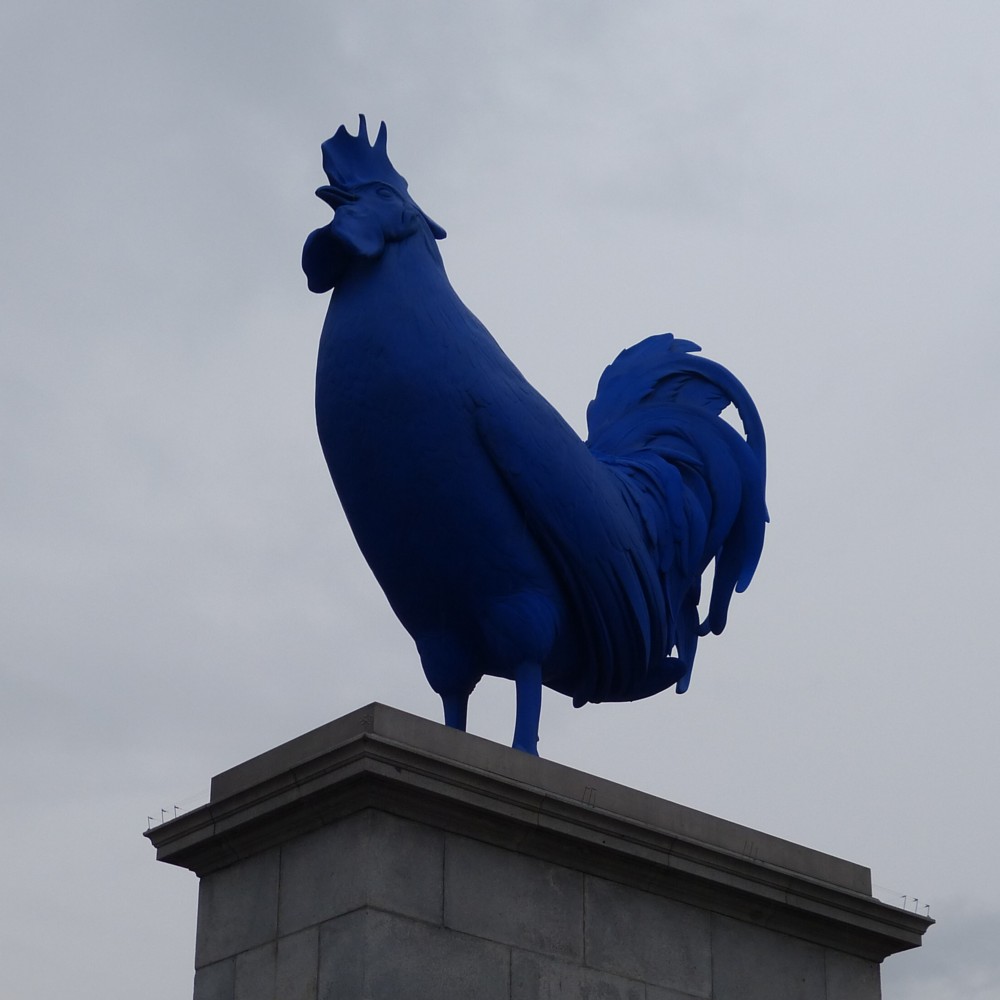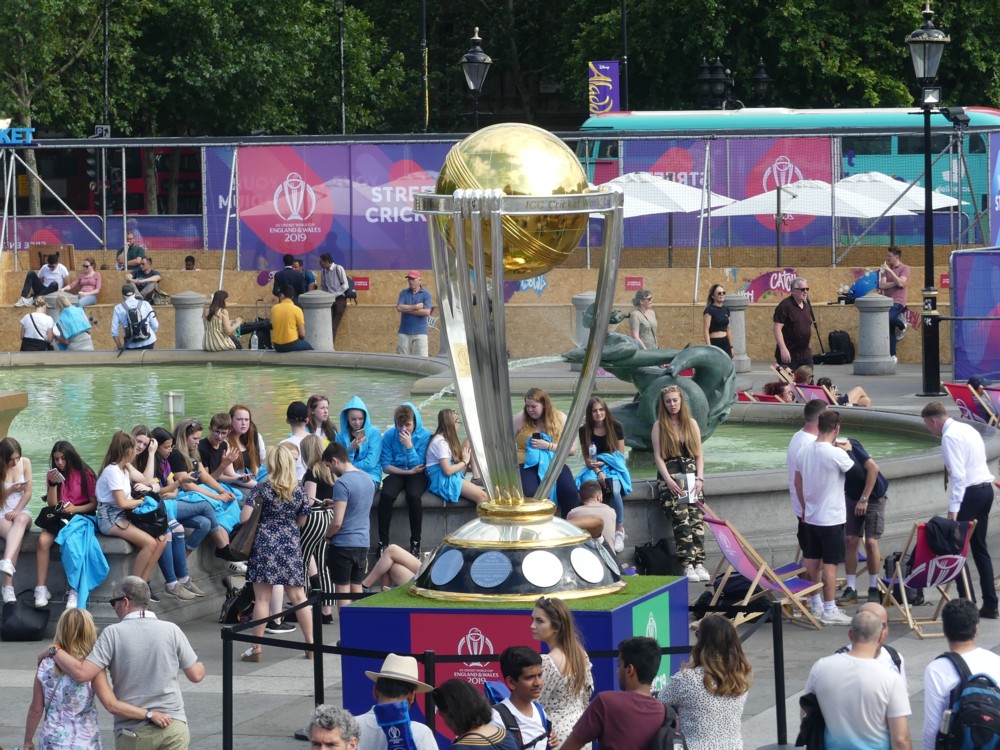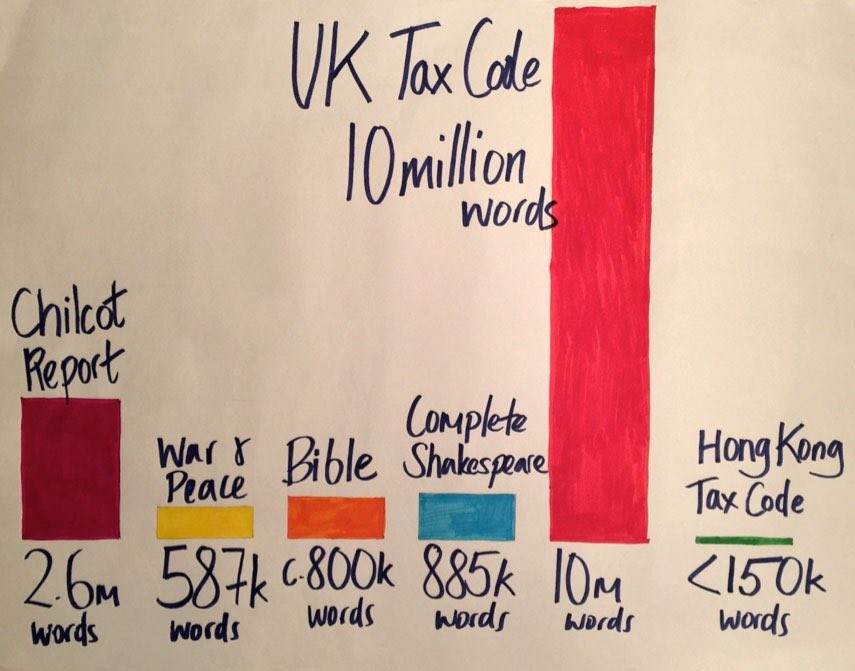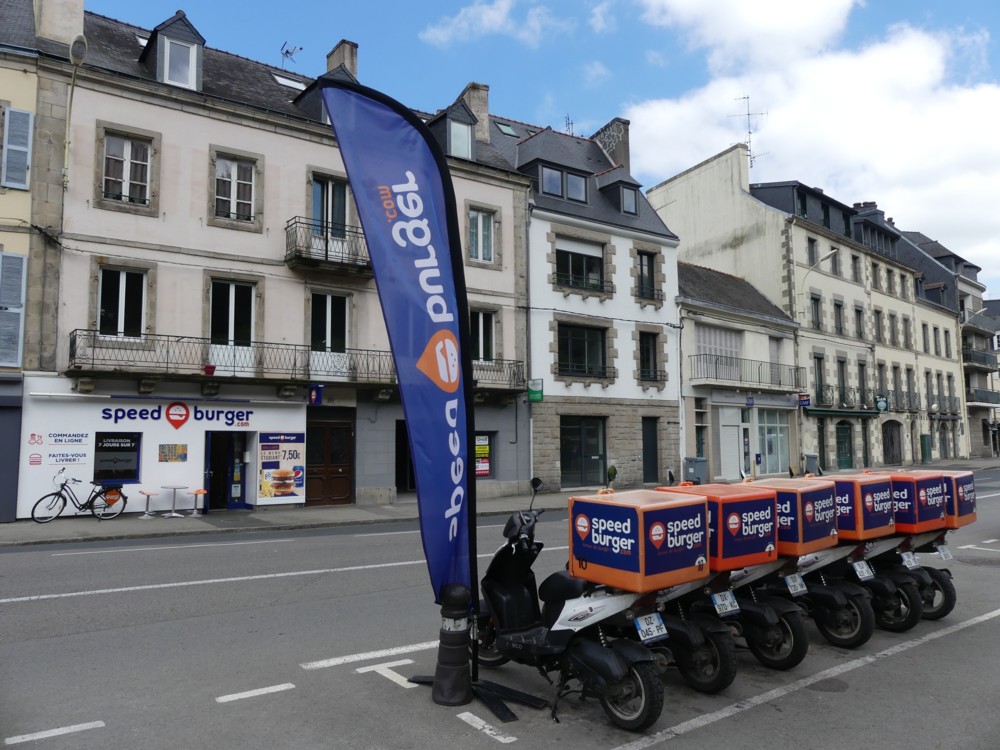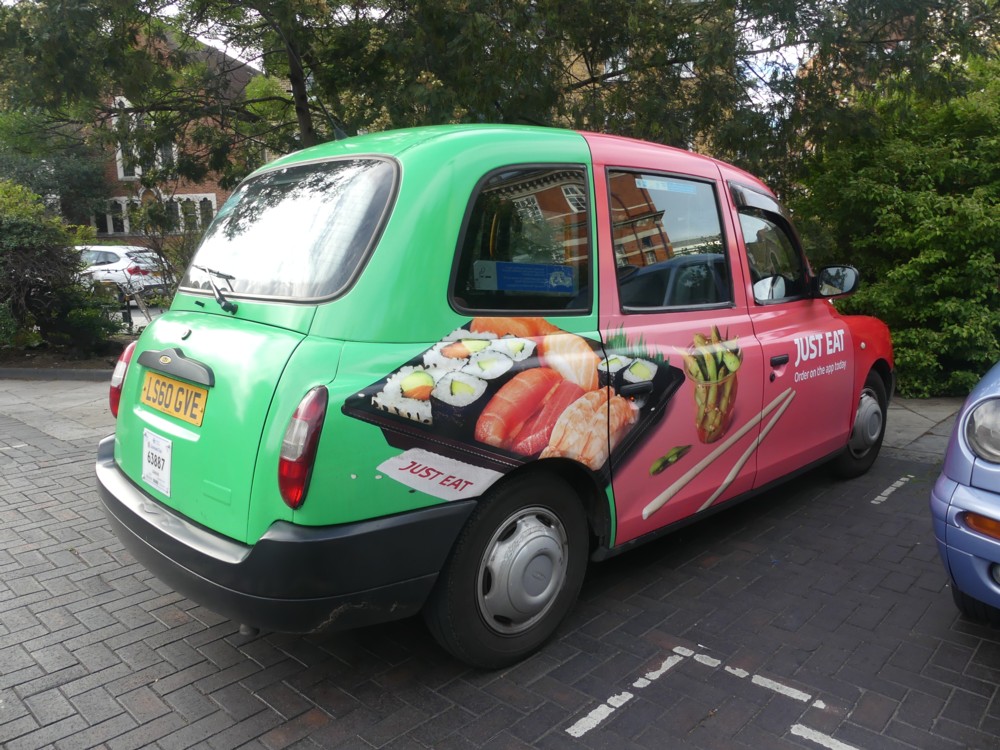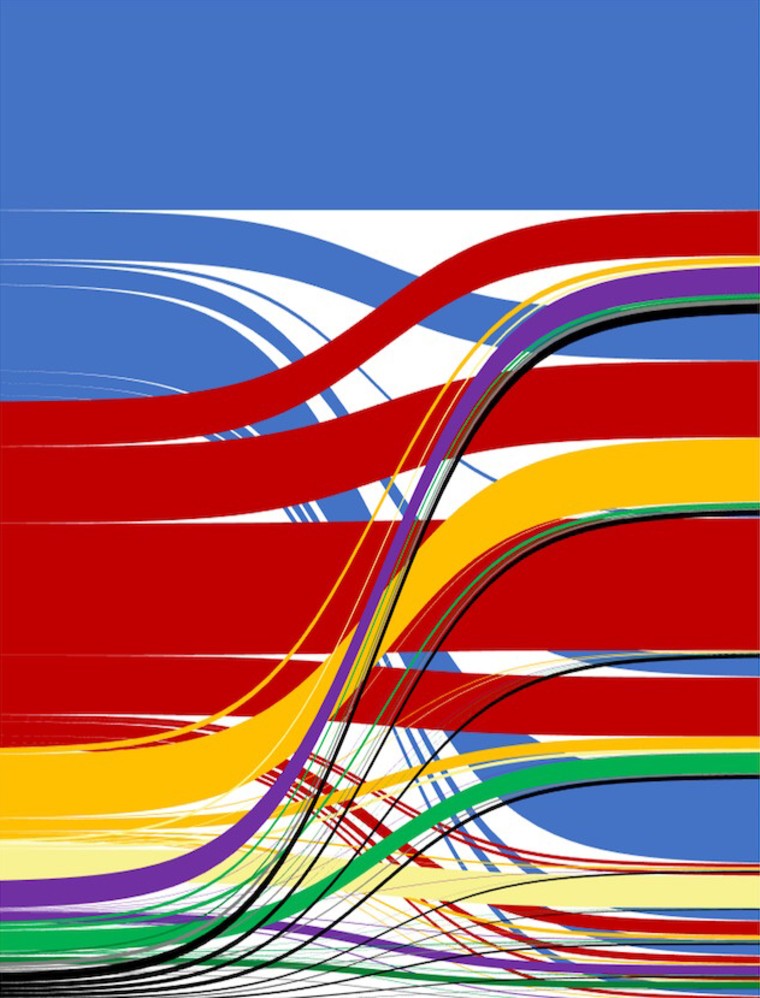I have recently been reading The Wealth Explosion by Stephen Davies. Its subtitle is “The Nature and Origins of Modernity”. I recommend it to anyone who wishes to think about why the “modernity” that the world now enjoys happened where it did and when it did.
In particular, Davies asks, why did modernity not happen sooner? As he reveals in his chapter entitled “Song China and the Ming Restoration”, modernity very nearly did happen, several centuries earlier, in China. He describes, in the section entitled “Was Song China Close to Being a ‘Modern Economy’?” (pp. 81-85), how very close indeed China got to leading the world out of Malthusian economic stagnation:
Faced with this kind of evidence, a number of historians have argued that Song China was in fact the world’s first ‘modern’ economy and society and that had it continued we would now be speaking of the transition to modernity in the fourteenth century rather than the nineteenth. Certainly, by a number of measures Song China was as developed as mid eighteenth century Europe. Not only that but it displayed several of the distinctive features of modernity outlined in the first chapter, and the direction of development seemed to be for these ‘modern’ features to become more marked rather than less. What though were the modern aspects of China under the Song that have so caught the imagination of subsequent authors?
In the first place, Song China had rapid, even ‘explosive’ population growth. World population as a whole grew throughout the medieval warm period but the growth in China was much more rapid than that found elsewhere. By 1190, China’s population had reached at least seventy three million: seventy years later it had arrived at the hundred million mark. China’s population more than doubled between 960 and 1100. (It had remained stable at roughly fifty million for the previous six hundred years.) As a contrast, world population grew from about two hundred and fifty million to three hundred and thirty million between 960 and the later thirteenth century, an increase of thirty-two per cent. As in the contemporary modern world this process of population growth, which took place throughout the Song dynasty, accelerated as time went on and the rate of increase seems to have been at its most rapid during the last years of the dynasty, in the thirteenth century.
Moreover, this rise in population was exceeded by the rise in output of both agriculture and manufacture, both of which showed again a rising rate of productivity increase as the years went by. So for example, the level of iron output in 1078 mentioned earlier represented a six-fold increase from 806, in the last years of the Tang. In Shanxi in the 1040s annual production of iron amounted to some sixty tonnes per annum but by the 1110s this had risen to three hundred and sixty tonnes per year. This means that what we have in Song China, from at least the eleventh century, is modern style intensive growth, in contrast to the pattern of broadly extensive growth found elsewhere.
This went along with a ‘commercial revolution’ every bit as dramatic as that of eighteenth and nineteenth century Europe. By 1200, all of the institutions of the kind of market economy found in Europe in 1800 were already present in China. These included large firms and partnerships with tradable stock and a whole range of sophisticated financial and banking institutions and instruments. The Song economy had a wide range of forms and varieties of business venture from large government monopolies to major private firms, often organised into confederations, and an enormous range of small private businesses engaged in all kinds of productive activity, including an expanding range of services for the urban population of the empire. Much of the production was decentralised and performed in households or small workshops with the goods being sold to professional middlemen or brokers who in turn sold the products to merchants who distributed and sold them using the dense internal trade network or exported them in exchange for foreign products.
Perhaps most significantly, the changes in agriculture made possible by the legal reforms of Song Taizu meant that there was a clear movement of population from the countryside to the cities and of labour from agriculture to manufacturing. Our best estimate is that by the later twelfth century, between six and seven and a half per cent of the population of Song China lived in cities with a population of over one hundred thousand with a similar proportion living in smaller urban centres, which would make it clearly the most urbanised society on the planet at that time. The capital before 1127, Kaifeng, had a population of over a million, as did Hangzhou, which became the capital after that year. What is really striking is the rate of urbanisation. Kaifeng grew from half a million in 1021 to over a million by 1100. Hangzhou went from four hundred thousand inhabitants in late twelfth century to over a million by 1270. Moreover, urbanisation on this scale was not just a feature of the capital. Guangzhou, Chinas major seaport at this time reached a population of half a million by 1120 and the inland city ofJiankang had a population of two hundred thousand at the same time.
In contrast to the cities of Tang China, which had been mainly centres of administration, these were primarily commercial centres, even if they also housed the imperial court. In contrast to the Tang period when there were a limited number of strictly regulated markets, Song cities had markets and retail establishments on all of their main streets as well as huge commercial markets, which were only lightly regulated. There were also large covered entertainment complexes known as pleasure grounds where games and entertainments would be available until the early hours of the morning. One prominent feature of urban life under the Song was clubs and associations of all kinds. Patricia Ebrey for example cites a document of 1235 that mentions the West Lake Poetry Club, the Buddhist Tea Society, the Physical Fitness Club, the Anglers’ Club, the Occult Club, the Plants and Fruits Club, the Antique Collectors’ Club, the Horse-Lovers’ Club, and the Refined Music Society – all of these in Hangzhou.
Song China also saw the most rapid and sustained technological innovation anywhere in the world before the later eighteenth century. As well as the innovations already mentioned in maritime technology the period saw the invention of the dry dock for repairing ships and of paddle powered vessels for use as tugs or in warfare. Block printing was invented in the eleventh century and movable type printing in the thirteenth – in this case borrowed from the Koreans. There were important refinements and inventions in the area of mechanical devices, particularly the use of belt drives and complex toothed gears. One important element of technological progress in China at this time, in marked contrast to other periods, was openness to and adoption of innovations made elsewhere. As well as the examples of movable type, and the superior varieties of rice imported from Annam, the most dramatic case was that of the windmill, invented in the Middle East and then adopted by the Chinese in the early thirteenth century. Notably, the Chinese did not simply take up the Middle Eastern technology but adapted and improved it.
Perhaps most striking was the increasing use of complex machinery in textile manufacturing. As early as the twelfth century devices were invented for the mechanical spinning of silk, which could be powered by men, animals or waterwheels. The text describing this machine stated that with its thirty-two spindles it could spin about sixty kilos of thread per day. It was very similar in design to the water frame of Richard Arkwright, which plays such a prominent part in most accounts of the Industrial Revolution. The missing ingredient was rollers to draw out the thread as it was being spun but this kind of device was known to the Chinese at the time in the form of the cotton gin, for removing seeds from raw cotton. So far as we know cotton spinning was never mechanised in this way, but its use as a fabric only became common at the end of the Song period.
Alongside technological innovation were intimations of scientific investigation. The key figures here were polymaths, similar to Renaissance figures such as Leonardo, who combined empirical experimentation and investigation with scientific speculation, typically in a wide range of fields and areas of knowledge. The most famous was Shen Kuo (1031-1095) who published much of his ideas and findings in a collection of essays known as the Dream Pool Jottings, covering topics as diverse as mathematics, geology, economics, medicine, and engineering. As this shows, Song China saw investigation and discovery in a range of areas of knowledge, the most notable being mathematics, astronomy, metallurgy, medicine (including forensic medicine), and optics (where there seems to have been borrowing from the Arabs).
This was linked to important developments in philosophy and abstract thought. The key here was the ideas of Neo-Confucian philosophers, above all Chu-Hsi (1130-1200). He argued that an essential part of the process of self-perfection (a key idea in Confucianism) was the investigation of ‘material things’, that is empirical enquiry. What we can see here are early intimations of the idea of scientific method, which were as well developed in thirteenth century China as they would be in seventeenth century Europe. As in Europe some four to five hundred years later, there was a mixture of philosophical speculation, magic, empirical investigation, and practical (often commercial) endeavour all mixed together into a single intellectual and physical exercise.
There were also distinctively ‘modern’ developments in the structure of government and in social structure and hierarchy. The change here was a very clear movement from a hereditary elite to a more meritocratic one. Reforms to the examination system by which government officials were recruited made the process much more open and Significantly increased the size of the pool of applicants. By the later years of the dynasty in the early thirteenth century, the number of candidates taking the exams was eleven times what it had been in the early eleventh century and the number who passed was five times what it had been under the Tang. However, the number of government posts hardly increased at all. The result was the appearance of a class of degree holders who formed the local elite, but Were not actual holders of government office. Their Confucian training led them to see themselves as moral leaders of society through the force of example as much as administration. The reforms to the system also meant that it was now rare for the status of being a degree holder to persist in the one family for more than three generations. Despite the way in which educated Confucians tended to look down on soldiers and merchants both commerce and the military also provided routes for upward social mobility. The result of all this was to make society much more socially mobile and to make status increasingly non-heritable, as well as increasing income (as opposed to status) inequality.
The government of Song China was, like that of earlier dynasties, organised on a departmental basis. The main innovation, already mentioned, was the creation of a council of ministers with a deliberative as well as an administrative role and a Prime Minister (the actual title was First Privy Councillor) who headed the administration. The most famous holder of this office was Wang An Shih (1021-1086) who began a major series of reforms between 1069 and 1074. These reforms proved very divisive and led to the appearance of two factions, one known as the New Policies Group that supported them and another, led by another scholar-politician Sima Guang (1019-1086) that opposed them. This division persisted throughout the remainder of the dynasty’s history and so a form of elite party politics came into being, based on this division between reformers and conservatives, which reflected intellectual debates within Confucianism. Song government had a distinctly modern flavour, as it was not household or clan based and operated through a professional bureaucracy. Among its particularly modern elements were several agencies to monitor and assess public opinion, each one using a different method of doing this.
Davies also speaks about his book in this video lecture.

